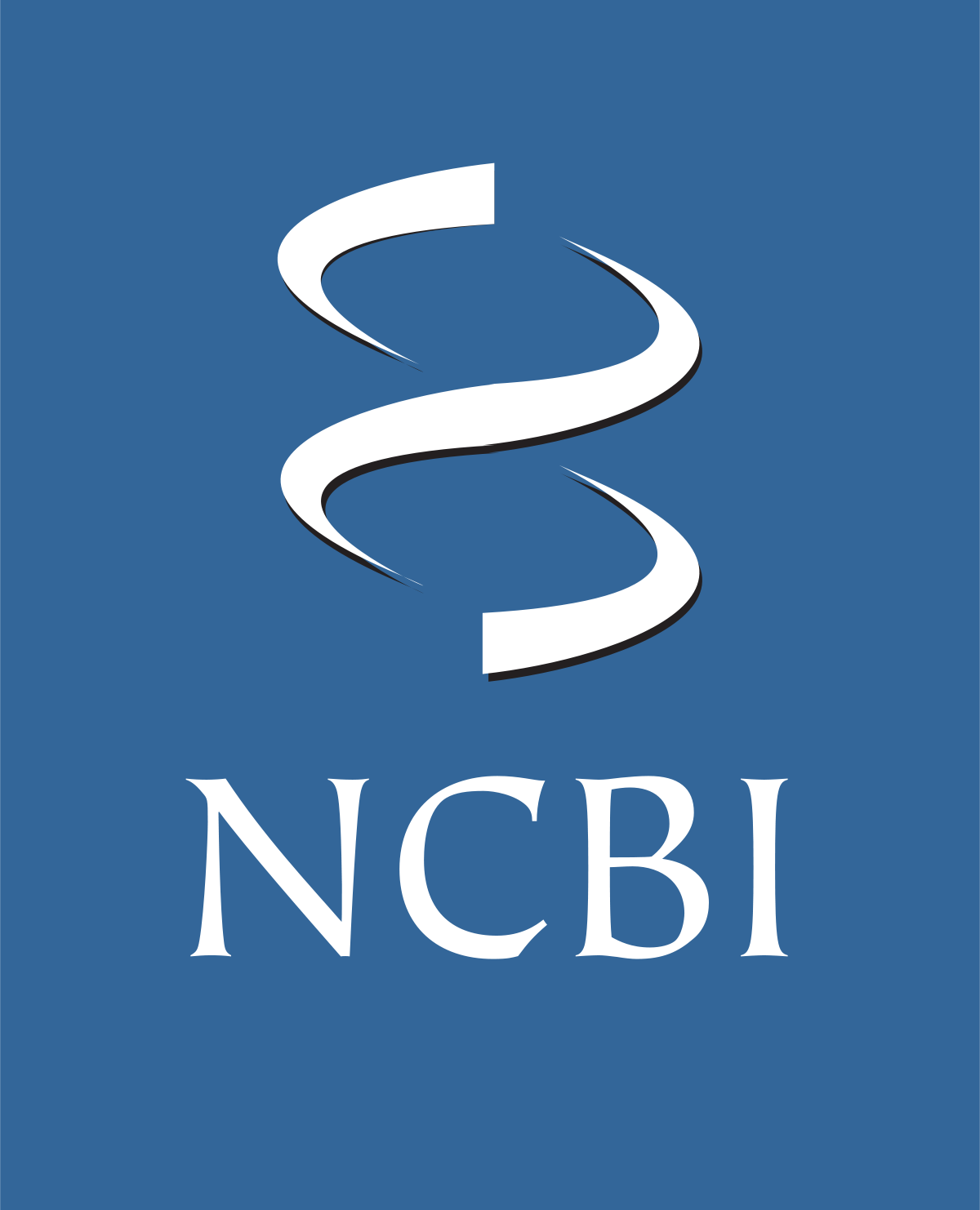Accession
MI0014177
Symbol
HGNC:
MIR3150A
Description
Homo sapiens
hsa-mir-3150a precursor miRNA
Gene family
MIPF0001102;
mir-3150
Literature search
1 open access papers mention hsa-mir-3150a
(3 sentences)
(3 sentences)
Sequence
2769
reads,
28
reads per million, 49 experiments
gggaagcaggcCAACCUCGACGAUCUCCUCAGCaccugaacgccaaggCUGGGGAGAUCCUCGAGGUUGGccugcuuucc
((((((((((((((((((((.((((((((((((.(.((.....)).))))))))))))).))))))))))))))))))))
((((((((((((((((((((.((((((((((((.(.((.....)).))))))))))))).))))))))))))))))))))
Structure
C a c a
gggaagcaggcCAACCUCGA GAUCUCCUCAGC c ug a
|||||||||||||||||||| |||||||||||| | || c
ccuuucguccGGUUGGAGCU CUAGAGGGGUCg g ac g
C - a c
Annotation confidence
Not enough data
Do you think this miRNA is real?
Genome context
chr8: 95072914-95072993 [+]
Clustered miRNAs
1 other miRNA is < 10 kb from hsa-mir-3150a
| Name | Accession | Chromosome | Start | End | Strand | Confidence |
|---|
Disease association
hsa-mir-3150a is associated with one or more human diseases in the Human microRNA Disease Database
| Disease | Description | Category | PubMed ID |
|---|
Mature hsa-miR-3150a-3p
| Accession | MIMAT0015023 |
| Description | Homo sapiens hsa-miR-3150a-3p mature miRNA |
| Sequence | 49 - CUGGGGAGAUCCUCGAGGUUGG - 70 |
| Evidence |
experimental
Illumina [1-2] |
| Database links |



|
| Predicted targets |



|
Mature hsa-miR-3150a-5p
| Accession | MIMAT0019206 |
| Description | Homo sapiens hsa-miR-3150a-5p mature miRNA |
| Sequence | 12 - CAACCUCGACGAUCUCCUCAGC - 33 |
| Evidence |
experimental
Illumina [2] |
References
|



